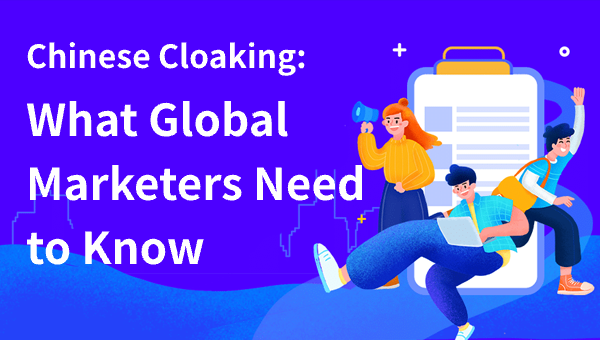Chinese Cloaking: What Global Marketers Need to Know
Introduction: Navigating the Complex Chinese Digital Landscape
China's online ecosystem presents unique challenges and opportunities due to its stringent internet regulations, distinct user behaviors, and dominant local platforms. For global marketers, understanding how to deploy cloaking technology effectively in China is critical to ensuring campaign success, compliance, and high ROI.
The Unique Challenges of Marketing in China
Great Firewall Restrictions: Many Western platforms such as Google, Facebook, and YouTube are inaccessible or heavily restricted in China. This necessitates using local platforms like WeChat, Weibo, and Douyin, which require specialized marketing approaches.
Strict Content Regulations: China enforces rigorous content censorship. Marketers must ensure their campaigns comply with local laws while delivering engaging user experiences.
Complex User Behavior: Chinese consumers have distinct preferences and high expectations for localized, mobile-friendly, and culturally relevant content.
Affiliate Marketing Complexity: Tracking and protecting affiliate links in China is more difficult due to platform limitations and anti-fraud measures.
How Chinese Cloaking Works
Cloaking in the Chinese market involves sophisticated techniques tailored to bypass censorship, deliver targeted content, and protect affiliate links:
Geo-Targeted Content Delivery: Cloaking systems detect Chinese IPs and serve compliant, localized landing pages, while showing different versions to other regions.
Device and Browser Detection: Tailors user experience by adapting content for mobile devices prevalent in China versus desktop users elsewhere.
Affiliate Link Protection: Conceals tracking parameters to prevent commission hijacking or link theft within the Chinese digital ecosystem.
Dynamic Redirects: Routes traffic seamlessly to Chinese local servers or CDNs for faster load times and compliance with data localization laws.
Practical Use Cases
Cross-Border E-commerce: Redirect international visitors to global stores, while directing Chinese visitors to localized e-commerce sites with Chinese payment methods like Alipay or WeChat Pay.
Gaming and App Promotion: Adapt marketing campaigns to comply with Chinese gaming regulations and app store policies, delivering geo-specific content and avoiding prohibited keywords.
Content Marketing: Serve content versions that meet censorship requirements without compromising user engagement or SEO effectiveness.
Tips for Global Marketers
Understand Local Platforms: Focus your ad spend and content on China’s dominant social media and search engines to maximize reach.
Use Cloaking to Navigate Restrictions: Employ cloaking to present compliant content to regulatory bots while delivering full offers to real users.
Optimize for Mobile: Given China's mobile-first user base, ensure landing pages are fast and mobile-friendly.
Monitor Analytics Closely: Use cloaking analytics to understand traffic sources, user behavior, and campaign performance within China.
Conclusion
Marketing successfully in China requires mastering its unique digital environment. Cloaking technology plays a vital role by enabling geo-targeted, compliant, and protected campaigns that maximize conversions. If you want to unlock China’s vast market potential while ensuring campaign security and compliance, visit adcloaking.com to explore professional cloaking solutions designed for this complex landscape.

